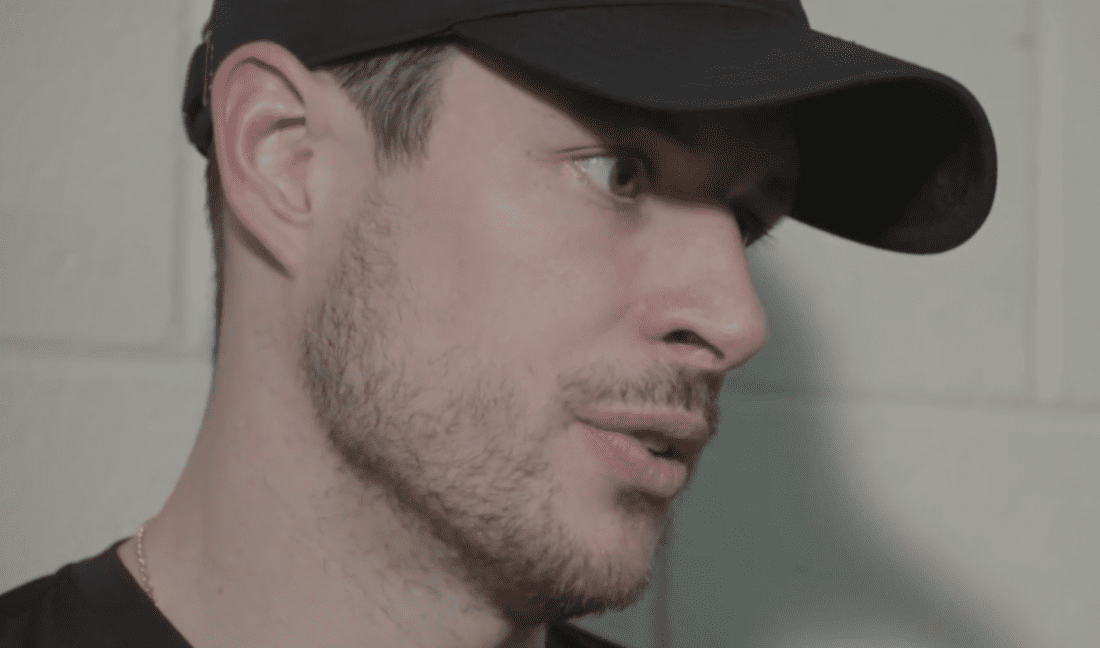NHL
Enough Already: Time for NHL to Crack Down On Hits to Head

The Pittsburgh Penguins might still be playing if two of their top-six forwards didn’t miss time during their opening-round series against the New York Rangers because of hits to the head.
New York defenseman Ryan Lindgren knocked Rickard Rakell out of the opener and the five games that followed, while Jacob Trouba drove an elbow into Sidney Crosby’s skull during Game 5, forcing him to leave that game and sit out Game 6.
Trouba, who opened the series by going after Jake Guentzel on the first shift of Game 1, doesn’t seem to be inclined to change his modus operandi, considering that he launched himself into Carolina forward Max Domi’s head during Game 4 of the second round Tuesday night at Madison Square Garden.
Make no mistake: Hockey is, at its best and most entertaining, a physical game.
Extremely physical.
Violent, even.
And bad stuff is going to happen when guys equipped with sticks and malice aforethought are operating at high speed in a confined area.
Bones will be broken. Shoulders will be separated. Knees will be mangled.
And, the way the game is legislated now, brains will be scrambled.
Fractures heal. Surgeries usually can repair even the most severe damage to joints.
But trauma to a brain can be forever.
Forget winning a game. Or a series. Or a Stanley Cup.
Heck, forget everything.
Including your children’s names and how to tie your shoes.
Are such cases rare in hockey? Sure, at least as far as we know.
For now, anyway.
Then again, just how many should be acceptable? How many guys who were among the finest practitioners of their craft before leaving the game and subsequently experiencing cognitive issues rooted in the blows to the head they absorbed do we consider a fair trade-off for entertaining us?
Most cases of Chronic Traumatic Encephalopathy (CTE) reported in hockey have involved enforcers such as Bob Probert, Derek Boogaard, Wade Belak and Rick Rypien, among others. That’s no surprise, since throwing — and taking — punches, including ones to the face, was a core element in their job descriptions.
But CTE hasn’t been limited to fighters. Former Pittsburgh Penguins defenseman Zarley Zalapski and Rick Martin, a member of Buffalo’s fabled French Connection, were diagnosed with it after their deaths.
It is, tragically, inevitable that that list will grow in coming years.
Injuries that require operations or lengthy rehabilitation periods are unfortunate; the ones that could have a profound impact on the quality of a player’s life, let alone his career, are unforgiveable.
Not only for the player who deliberately delivers a hit to an opponent’s skull, but for the league that tolerates them. That rarely deems anything but the most egregious head shots to be worthy of more than a two-minute penalty, if that.
Pittsburgh Penguins GM Ron Hextall — hardly known as a raging pacifist during his playing days — made it clear recently that he is concerned about how common head shots still are in today’s game.
“As a league, we have to continue to talk and evaluate where we are with head shots,” he said. “It’s an issue that’s prevalent in sports and we need to continue to move forward and try to better our system, where we try to get them out as much as possible.”
Hextall didn’t offer a proposal for how to do that, so here’s one: Penalize every hit to the head.
Every single one.
Don’t matter of it’s accidental. Or incidental. Or anything else.
Penalize it.
And if it’s clearly delivered with intent, make it a match penalty. Then back that up with punishment from the league that’s more severe than a four-figure fine that’s “the maximum allowed by the CBA.”
That’s become a punchline, not a punishment.
Players are the league’s most valuable assets, and should be treated as such.
Oh, they’re also human beings, who shouldn’t have to risk the quality of their post-playing lives for the sake of making a living.
Obviously, a zero-tolerance policy on hits to the head will result in some players who absolutely were not looking to make contact there being sent to the penalty box.
That’s a shame, but the idea is to condition players to make a conscious effort to avoid hitting anyone above shoulder level. Always. No exceptions.
It will take time, of course, but players in hockey — and every other sport, for that matter — have proven that they can adapt to rule changes. Set the parameters for what is acceptable, and players will learn to work within them.
Is the idea of penalizing every hit that involves contact with the head radical?
Maybe.
Probably.
But so is having to put name tags on your kids so you know what to call them.












